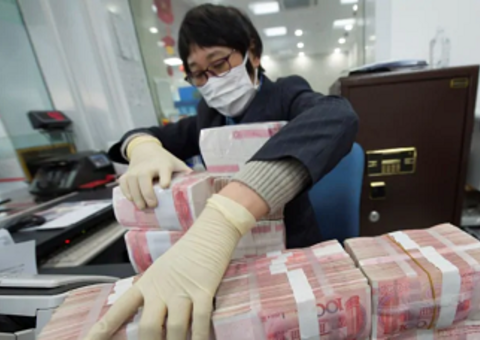Blog
Lifeline amid Public Health Emergency

How China’s City Commercial Banks Finance SMEs during the Coronavirus Epidemic
A key pillar in China’s commercial banking system (1), city commercial banks (CCBs) have been a major force in supporting small and medium enterprises (SMEs). While CCBs accounted for only 13.1% of the entire banking system in terms of total assets, 18.7% of all SME loans are disbursed by CCBs. In 2018, the total outstanding loan balance from CCBs reached 6.3 trillion yuan ($910 million USD). SME loans made up 42.1% of all loans disbursed by CCBs in that year.
The COVID-19 coronavirus outbreak posed a heavy blow to Chinese SMEs, especially those struggling to survive amid these challenging times. At this crucial moment, CCBs as first responders proposed plans to ensure SMEs are financially safeguarded. Several measures are taken immediately to help SMEs overcome the unprecedented public health crisis:
- Offering emergency loans with reduced conditions. Bank of Jiangsu, the country’s third-largest CCB, disbursed 10 billion yuan ($1.4 billion USD) to healthcare SMEs in the Jiangsu Province to meet soaring demands of medical equipment, such as face masks and disinfectant. The bank also speeded up the loan application process by introducing a real-time online service where companies would immediately receive the decision and loan after having submitted applications.
- Reducing interest rates and fees. Bank of Shanghai reduced loan prime rate (LPR) by 25 basis points for its SME clients. In Zhejiang, a province known for a large number of SMEs, Tailong Bank waived 10 million yuan ($1.4 million USD) of interest for heavily affected SMEs. In addition, Ningbo Commerce Bank waived processing fees for 13 manufacturing SMEs, which have saved 160,000 yuan ($23,200 USD) in total.
- Extending loan payment period. Bank of Handan extended loans worth 1.5 billion yuan for 32 SMEs in Hebei Province. Bank of Shanghai introduced “Crisis Revolving Credit” with a period from 6 to 12 months.
- Establishing a special SME fund. Eight CCBs have issued emergency negotiable certificates of deposit from 100 million to 500 million yuan for over 3 months to 12 months. Bank of Nanjing, the fourth largest CCB in China, issued the country’s first medium-term note to support supplies of agriculture produces during the epidemic.
Since the outbreak of the novel coronavirus epidemic COVID-19, CCBs have disbursed loans totaling 153 billion yuan ($22.2 billion USD) to support SMEs.
(1) There are four types of commercial banks in China: state-owned banks, corporate banks, city commercial banks, and rural commercial banks.









